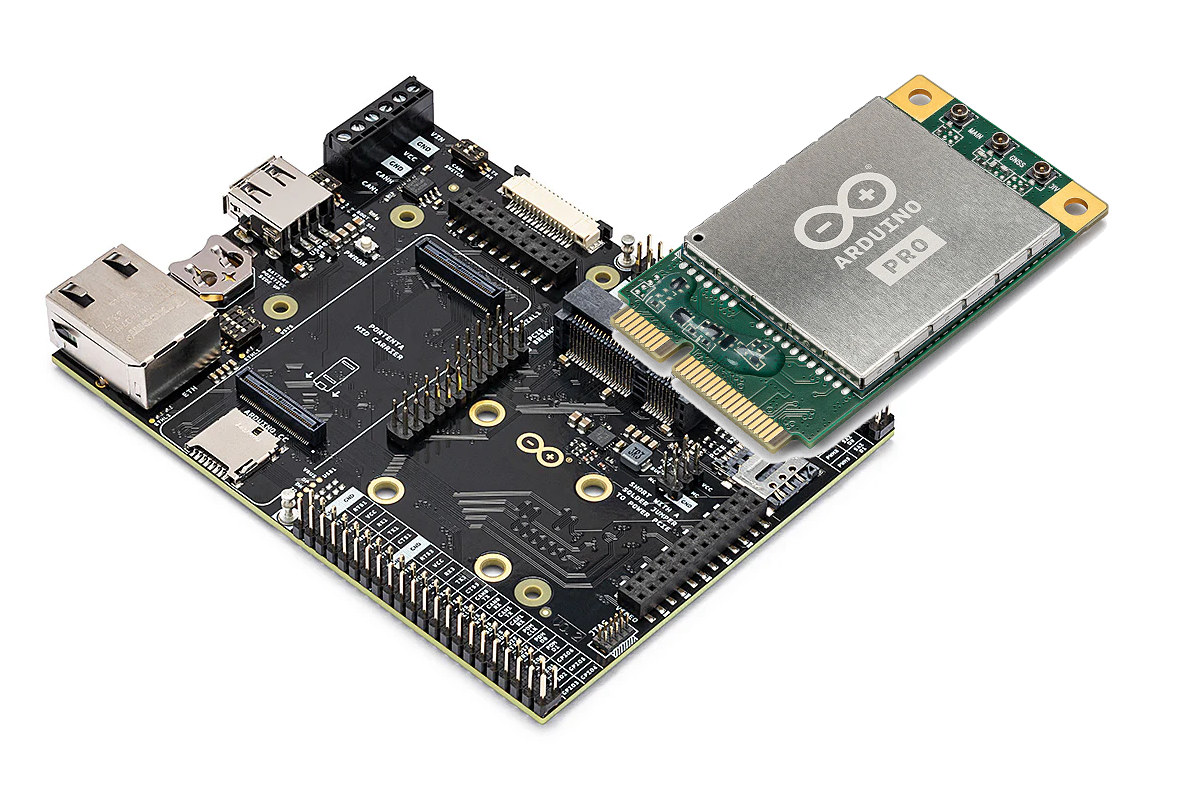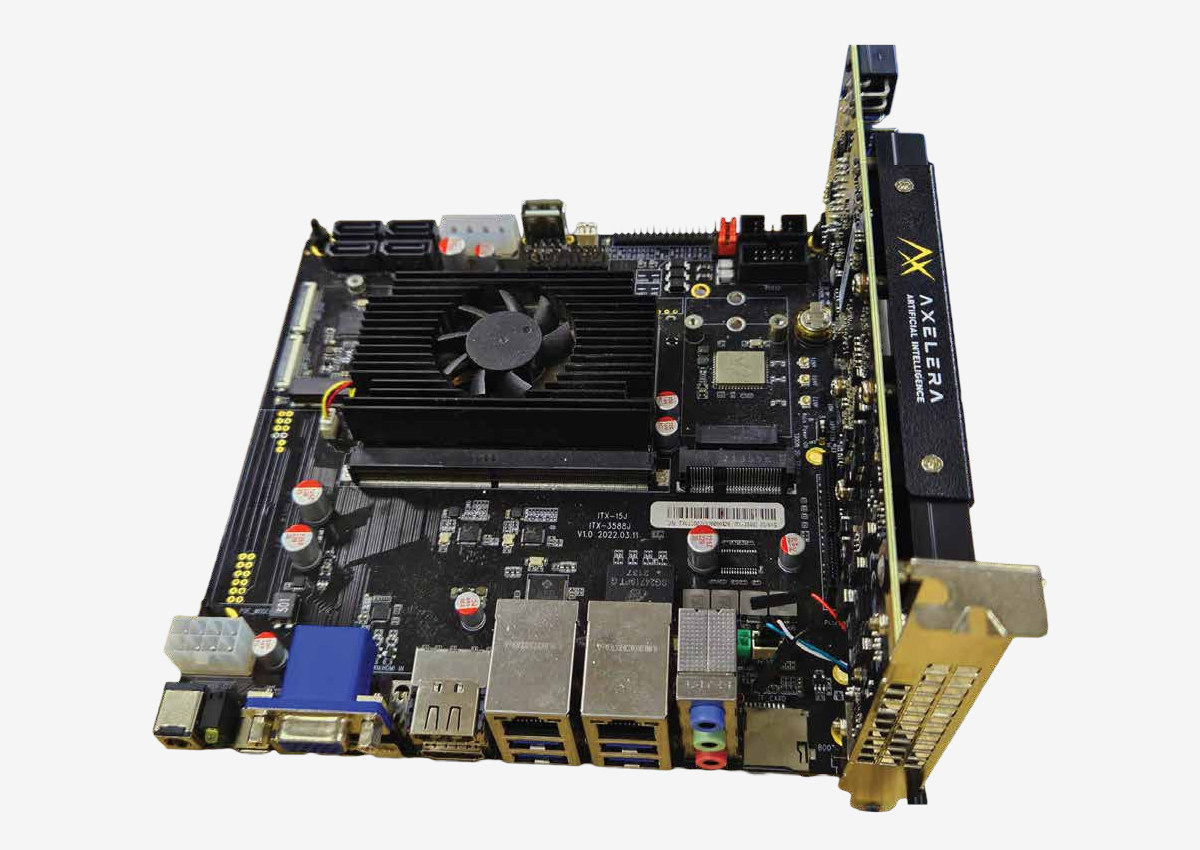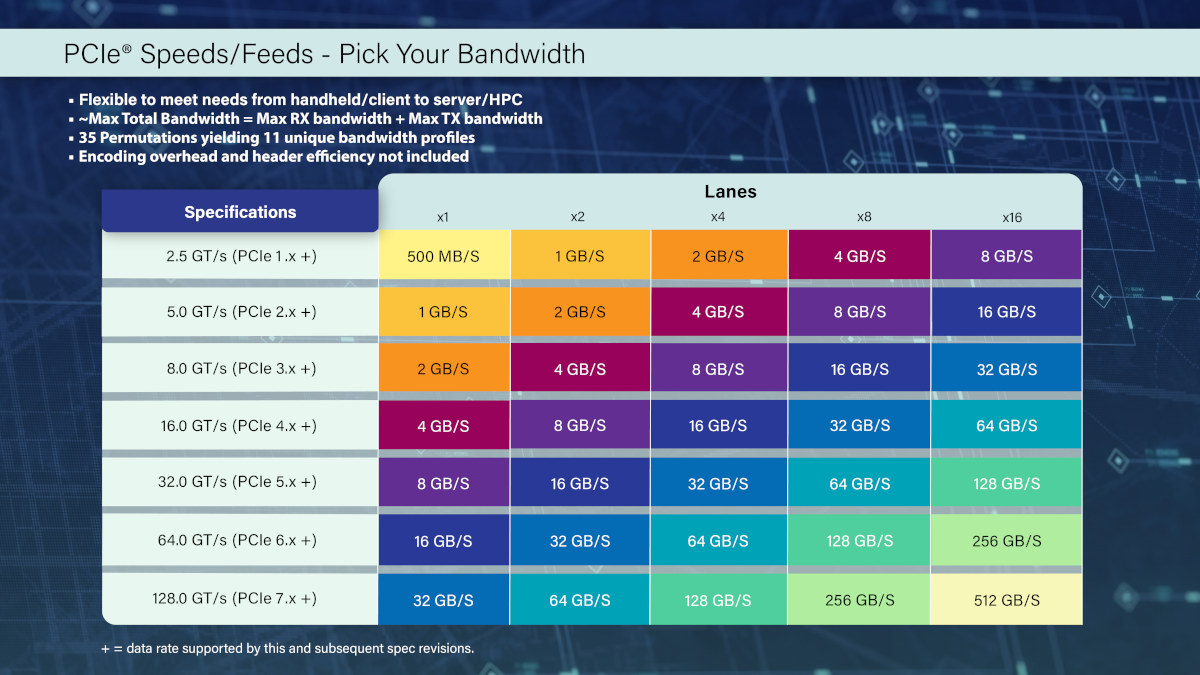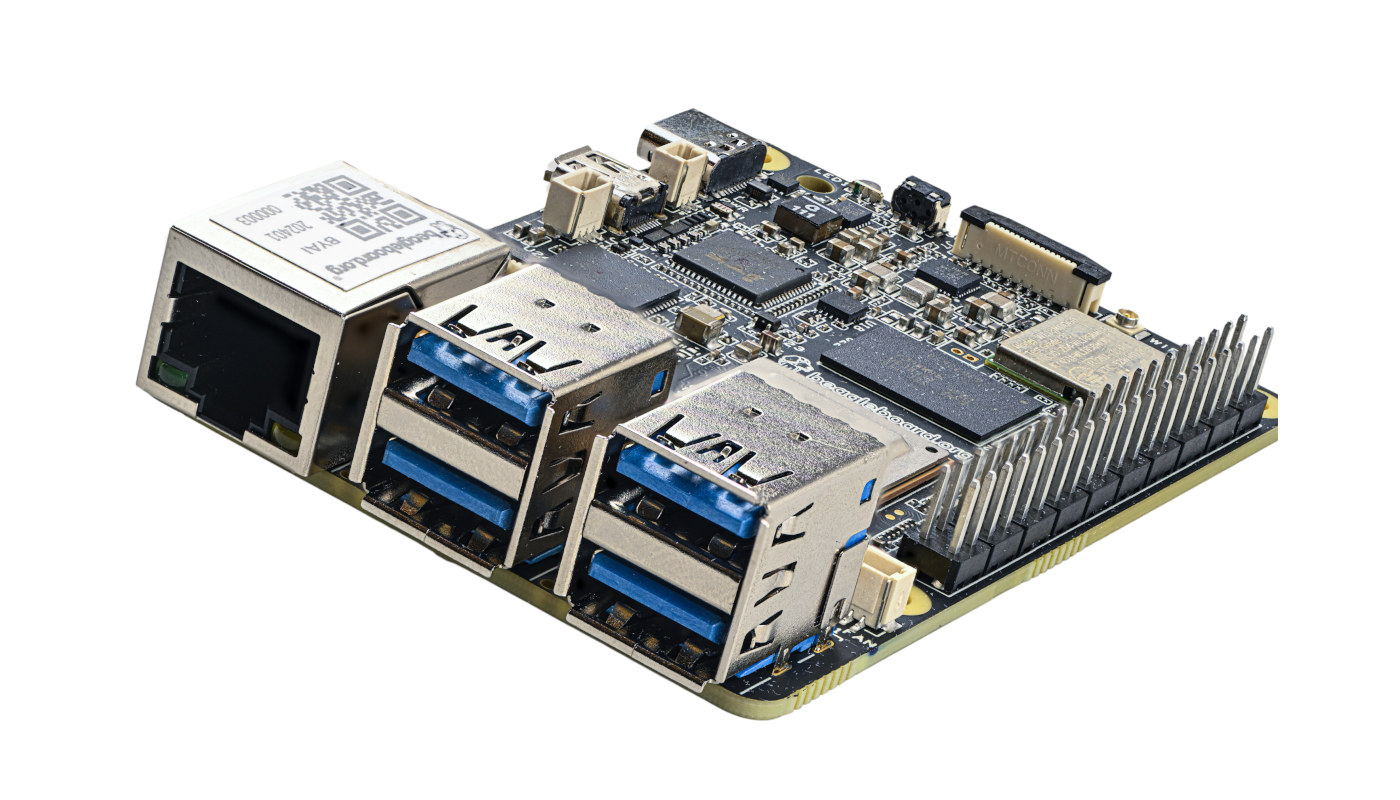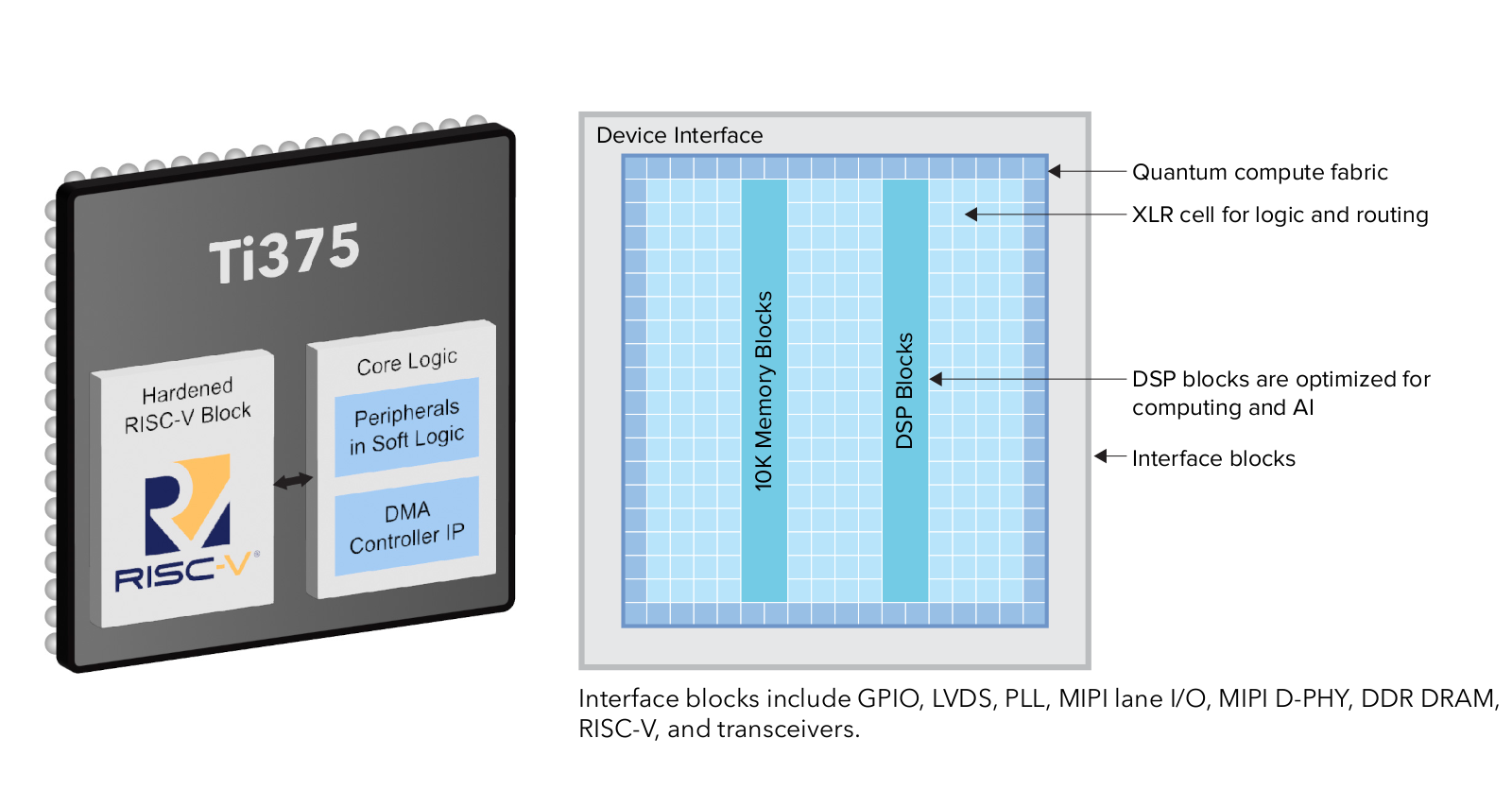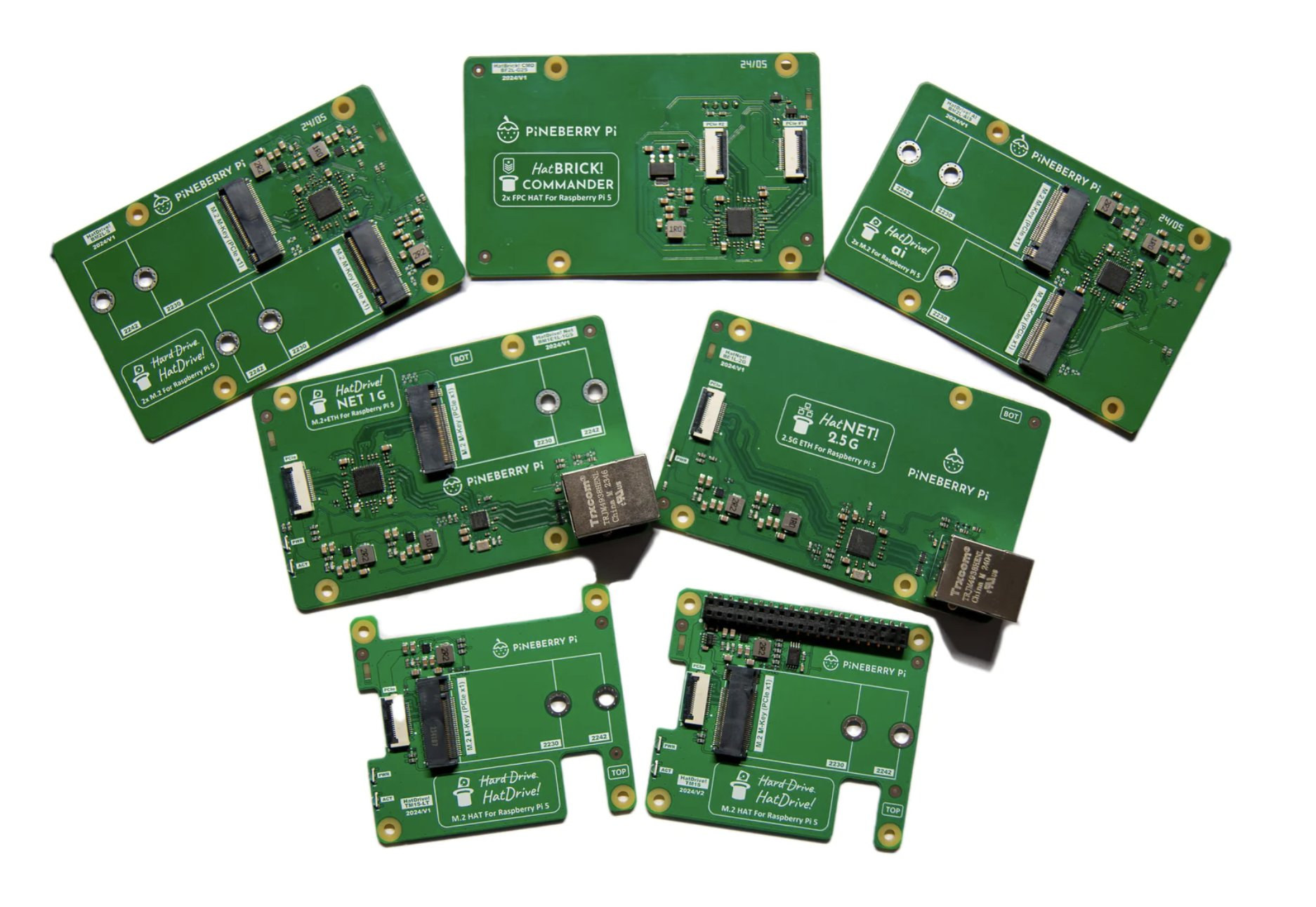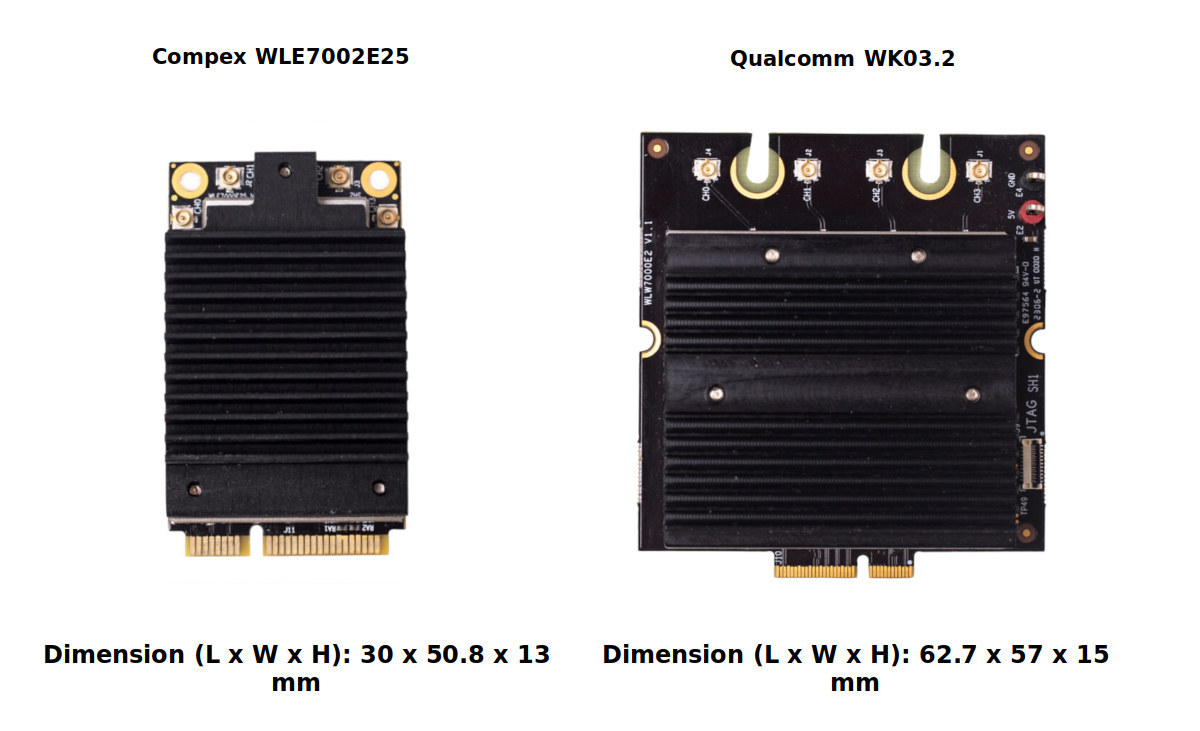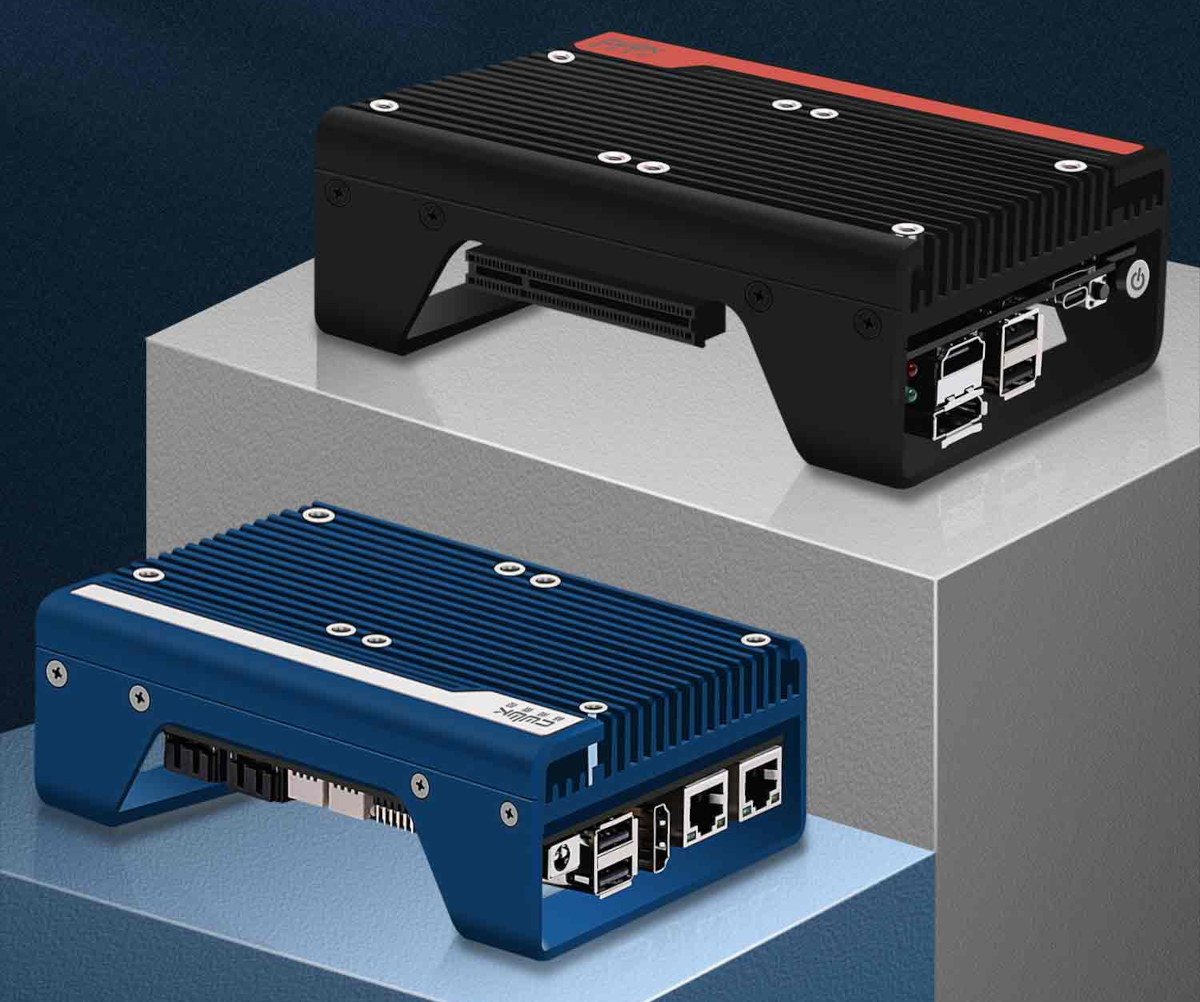Arduino has announced two new products that are part of the Arduino Pro family at Embedded World 2024: the Arduino Pro 4G Module and Arduino Portenta Mid Carrier board. Arduino Pro 4G module Two variants of the mini PCIe module are available: one global and one for the EMEA and Southeast Asia markets with similar interfaces, but based on different Quectel modules, and the global model also supports GNSS. Specifications: Both also support 3G/2G fallback if 4G LTE network connectivity is out of range. The 4G LTE module works with Arduino Pro carrier boards featuring a mini PCIe connector such as the Max Carrier and the new Mid Carrier which we will be covering below. More information can be found on the documentation website and product page. The Arduino Pro 4G module global goes for $65 while the EMEA version sells for 29 Euros. Those prices are without antennas which […]
Axelera Metis PCIe Arm AI evaluation kit combines Firefly ITX-3588J mini-ITX motherboard with 214 TOPS Metis AIPU PCIe card
Axelera has announced the general availability of several Metis PCIe AI Evaluation Kits that combine the company’s 214 TOPS Metis AIPU PCIe card with x86 platforms such as Dell 3460XE workstation and Lenovo ThinkStation P360 Ultra computers, Advantech MIC-770v3 or ARC-3534 industrial PCs, or the Firefly ITX-3588J mini-ITX motherboard powered by a Rockchip RK3588 octa-core Cortex-A76/A55 SoC. We’ll look into detail about the latter in this post. When Axelera introduced the Metis Axelera M.2 AI accelerator module in January 2023 I was both impressed and doubtful of the performance claims of the company since packing a 214 TOPS Metis AIPU in a power-limited M.2 module seemed like a challenge. But it was hard to check independently since the devkits were not available yet although the company only started their early-access program in August last year. Now, anybody with an 899 Euros and up budget can try out their larger Metis […]
PCIe 7.0 to support up to 512GB/s bidirectional transfer rates
The PCI-SIG first unveiled the PCIe Express (PCIe) 7.0 specification at US DevCon in June 2022 with claims of bidirectional data rates of up to 512GB/s in x16 configuration, and the standard is now getting closer to the full release in 2025 with the release of the specification version 0.5. PCIe 7.0 increases data transfer speeds to 128 GT/s per pin doubling the 64 GT/s of PCIe 6.0 and quadrupling the 32 GT/s of PCIe 5.0, delivering up to 256 GB/s in each direction in x16 configuration, excluding encoding overhead. In other words, the total maximum bandwidth of a PCIe 7.0 x1 interface (32GB/s) would be equivalent to PCIe Gen3 x16 or PCIe Gen4 x8 as shown in the table below. PCIe 7.0 highlights: 128 GT/s raw bit rate and up to 512 GB/s bidirectionally via x16 configuration PAM4 (Pulse Amplitude Modulation with 4 levels) signaling Doubles the bus frequency […]
BeagleY-AI SBC features TI AM67A vision processor with 4 TOPS AI accelerators
The BeagleBoard.org Foundation’s BeagleY-AI is an open-source hardware, credit card-sized SBC powered by a Texas Instruments AM67A quad-core Cortex-A53 vision processor with various programmable blocks capable of delivering up to 4 TOPS for AI algorithms. The board ships with 4GB RAM, relies on a microSD card slot for storage and OS booting, implements gigabit Ethernet, WiFi 6, and Bluetooth 5.4 connectivity, and can drive up to three displays via micro HDMI, OLDI (LVDS), and MIPI DSI interfaces. The BeagleY-AI also comes with two MIPI CSI camera interfaces, four USB 3.0 ports, a USB Type-C port, and a 40-pin GPIO header for expansion. We can also see a 16-pin PCIe FPC connector that looks somewhat similar to the 20-pin PCIe connector on the Raspberry Pi 5 but officially supports PCIe Gen3 x1. BeagleY-AI specifications: SoC – Texas Instruments AM67A (J722S) “vision processor” CPU Quad-core 64-bit Arm Cortex-A53 processor at 1.4GHz Arm […]
Efinix Titanium Ti375 FPGA offers quad-core hardened RISC-V block, PCIe Gen 4, 10GbE
Efinix Titanium Ti375 SoC combines high-density, low-power Quantum compute fabric with a quad-core hardened 32-bit RISC-V block and features a LPDDR4 DRAM controller, a MIPI D-PHY for displays or cameras, and 16 Gbps transceivers enabling PCIe Gen 4 and 10GbE interfaces. The Titanium Ti375 also comes with 370K logic elements, 1.344 DSP blocks, 2,688 10-Kbit SRAM blocks, and 27,53 Mbits embedded memory, as well as DSP blocks optimized for computing and AI workloads, and XLR (eXchangeable Logic and Routing) cells for logic and routing. Efinix Titanium Ti375 specifications: FPGA compute fabric 370,137 logic elements (LEs) 362,880 eXchangeable Logic and Routing (XLR) cells 27,53 Mbits embedded memory 2,688 10-Kbit SRAM blocks 1,344 embedded DSP blocks for multiplication, addition, subtraction, accumulation, and up to 15-bit variable-right-shifting Memory – 10-kbit high-speed, embedded SRAM, configurable as single-port RAM, simple dual-port RAM, true dual-port RAM, or ROM FPGA interface blocks 32-bit quad-core hardened RISC-V block […]
PineBerry Pi launches five additional HAT+ boards for the Raspberry Pi 5 with 2.5GbE, GbE, M.2 NVMe, and more
PineBerry Pi was the first company to launch a Raspberry Pi HAT+ board making use of the Raspberry Pi 5’s PCIe FPC connector with the Hatdrive! M.2 HAT for the Raspberry Pi 5 along with the HatDrive! Bottom expansion board that goes underneath the Raspberry Pi 5 SBC. The company has now launched five additional HAT+ boards for the Raspberry Pi 5 with various PCIe (NVMe/AI modules) and networking (2.5GbE, GbE) options. Here’s the list with basic specifications: HatNET! 2.5G – 2.5GbE for the Raspberry Pi 5 using a Realtek RTL8125BG controller, dedicated MAC address range (i.e. not randomly assigned), and an RJ45 jack with Activity and Link LEDs HatDrive! NET 1G – Gigabit Ethernet (Realtek RTL8111H) and M.2 M-Key socket for NVMe 2230,2242 SSD. Implemented through an ASMedia PCIe Gen 2 switch and booting with the SSD is not supported at this time. You may want to follow the […]
Compex WLE7002E25 is a dual-band dual-concurrent WiFi 7 module in standard mini PCIe size (Sponsored)
In today’s hyper-connected world, reliable and high-speed wireless connectivity is no longer a luxury, but a necessity. WiFi standards have evolved rapidly. WiFi 6, which has been around for only a few years, is now being replaced by WiFi 7 or IEEE 802.11be. Equipment manufacturers are now rushing to phase in WiFi 7 products. Compex has released its latest WiFi 7 module WLE7002E25 to help shorten time to market. The Compex WLE7002E25 is a dual-band concurrent 2×2 2.4GHz and 2×2 5GHz radio based on Qualcomm’s Waikiki high-performance WiFi 7 chipset which is capable of over 10Gbps raw data rate. It is in a standard mini PCIe form factor. WiFi 7 in a Standard Mini PCIe Form Factor The standard mini PCIe footprint means that WLE7002E25 is readily compatible with existing systems and designs, particularly customers whose devices have been using WiFi 4 or WiFi 5 standard mini PCIe modules. This […]
CWWK “Magic Computer” is a fanless Alder Lake-N mini PC with a PCIe x8 slot
CWWK Magic Computer is an unusual fanless mini PC offered with a range of Alder Lake-N processors from the Intel Processor N95 to the Core i3-N305 and a PCIe x8 slot allowing users to connect all sorts of PCIe boards on the side of the device for example for networking and/or storage. The mini PC supports up to 32GB DDR5, an M.2 NVMe (PCIe 3.0 x1) SSD, two SATA drives, and up to four 4K capable monitors through HDMI, DisplayPort, and USB-C interfaces. It is also equipped with two 2.5GbE RJ45 ports, four USB 2.0 ports, and a range of internal headers for a COM port, USB 2.0, a TPM, and optional fans. CWWK Magic Computer specifications: Alder Lake-N SoC (one or the other) Intel Processor N95 quad-core processor @ up to 3.4 GHz (Turbo) with 6MB cache, 16EU Intel HD graphics; TDP: 15W Intel Processor N97 quad-core processor @ up […]


